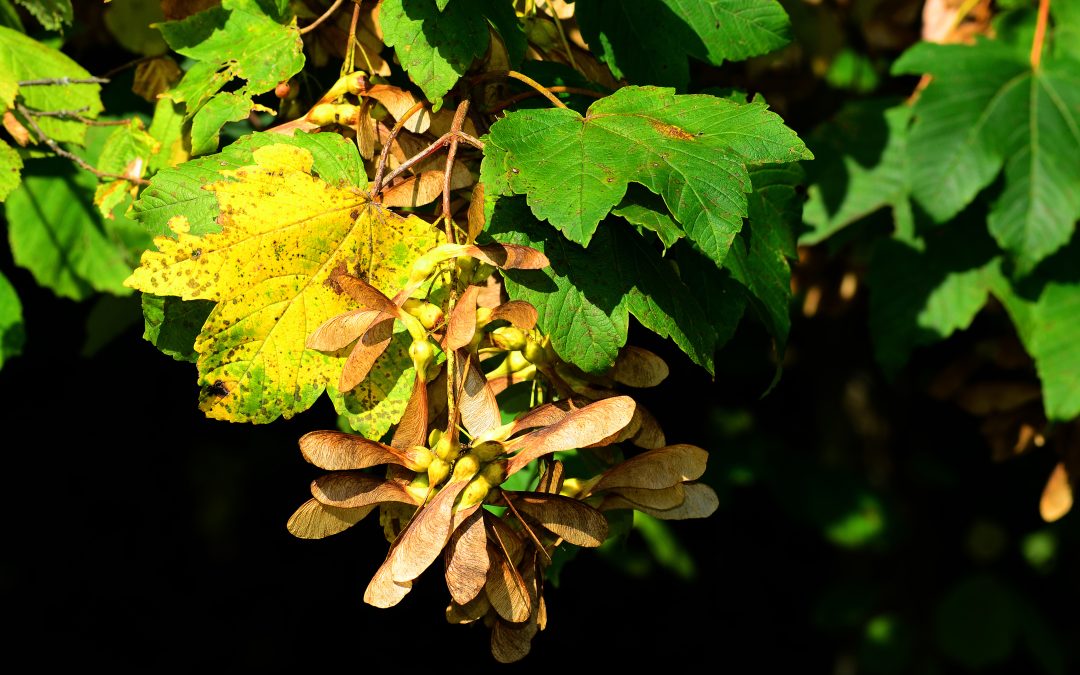This is known as a seasonal toxin.
It is thought that the helicopter seeds in autumn, and the saplings in spring, contain Hypoglycin-A that causes atypical myopathy in horses. Not all seeds or saplings will have the same amount of the toxin in them therefore management is key to reduce the exposure to horses.
Clinical signs:
- Muscle stiffness
- Muscle tremors
- Sweating
- High heart rate
- Depressed with their head hung low
- Brown or dark red urine
- Weakness, struggling or reluctance to walk and/or have difficulty standing
- Breathing difficulties
- The horse may still want to eat
The death rate in this illness is 70% therefore it is vital to seek veterinary assistance quickly, if your horse develops any of these signs.
Spring Management:
- Collect all mowing’s and remove from pasture to prevent accidental ingestion.
- In 64% of AM cases reported to the Atypical Myopathy Alert Group between 2006-2019, the pasture grass had minimal grazing.
- Good pasture management is advised to help to reduce the risk.
- Manure Spreading and harrowing can increase the risk. As the toxin is spread over a wider area.
- Pastures contaminated with sycamore material should not be used to produce hay, haylage or silage. Seeds and seedlings present in bales after 6-8 months storage still contained dangerous amounts of toxin.
Autumn Management:
- Reduce the numbers of seeds from the pasture.
- Seeds can travel a large distance with the wind.
- Clear pasture of seeds in autumn especially after storms.
- If grazing is poor on pasture, using hayracks to ensure the grazing is off the ground reduces the risk of accidental ingestion.
These managements techniques should be implemented for 3 months before the spring and autumn seasons.

